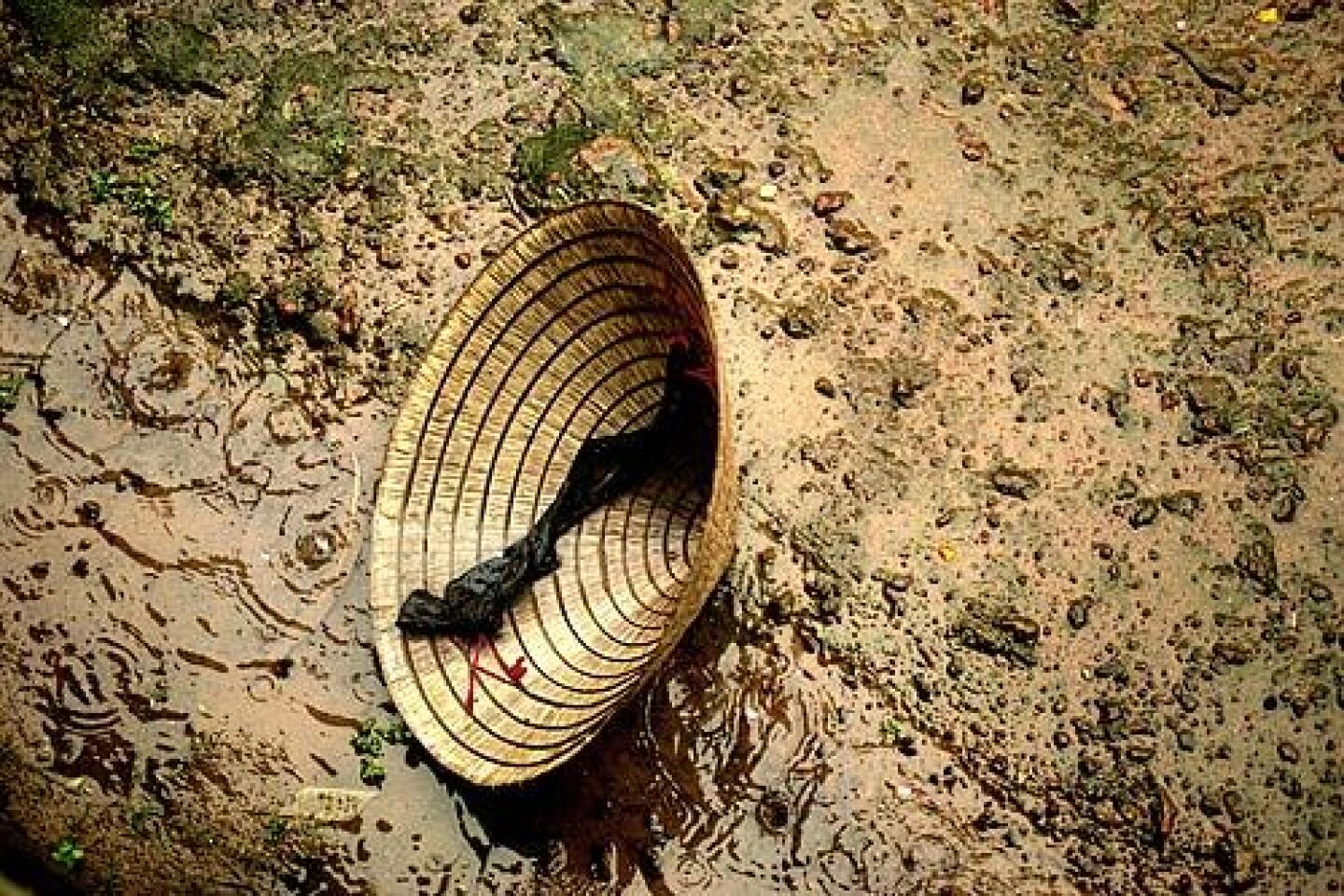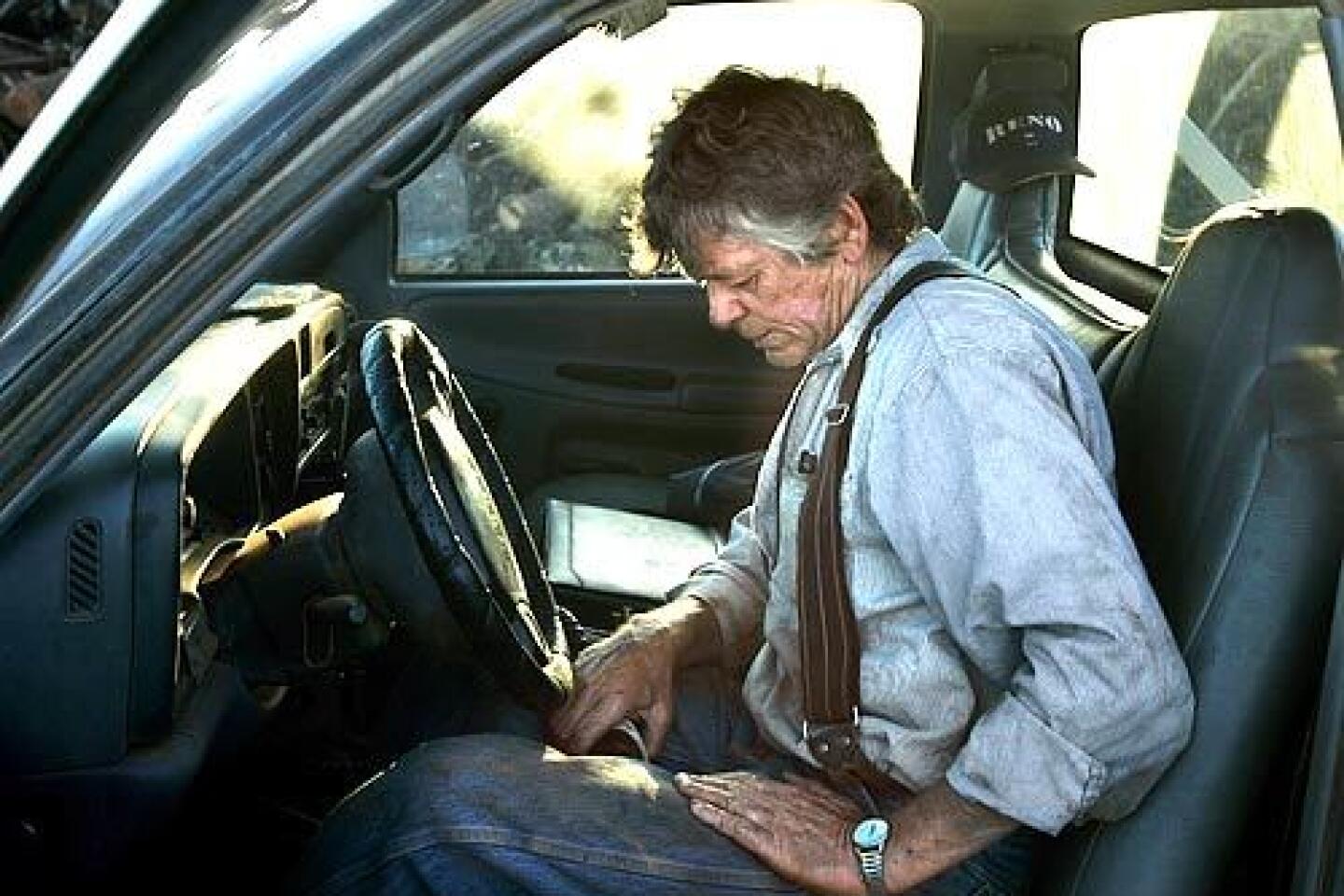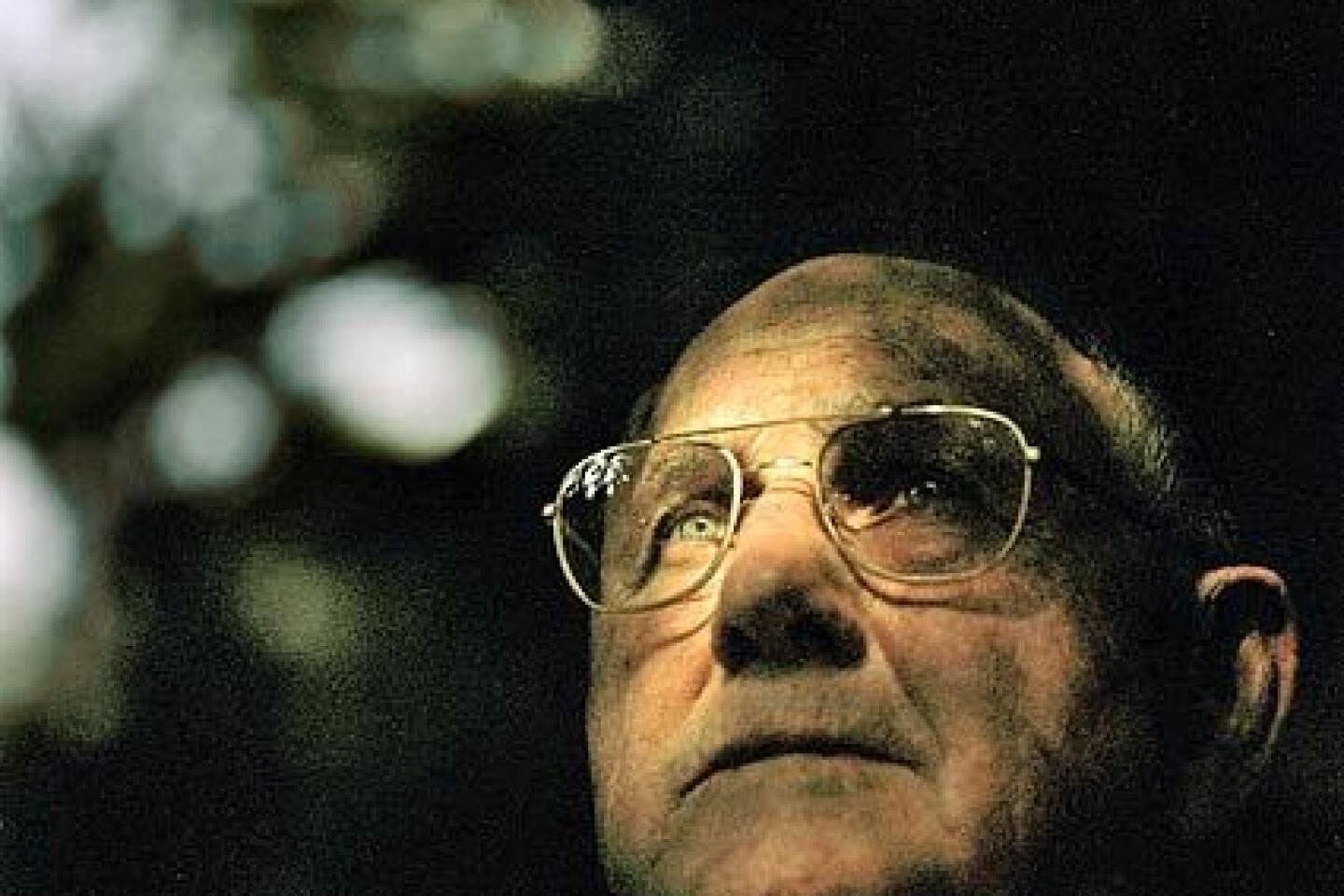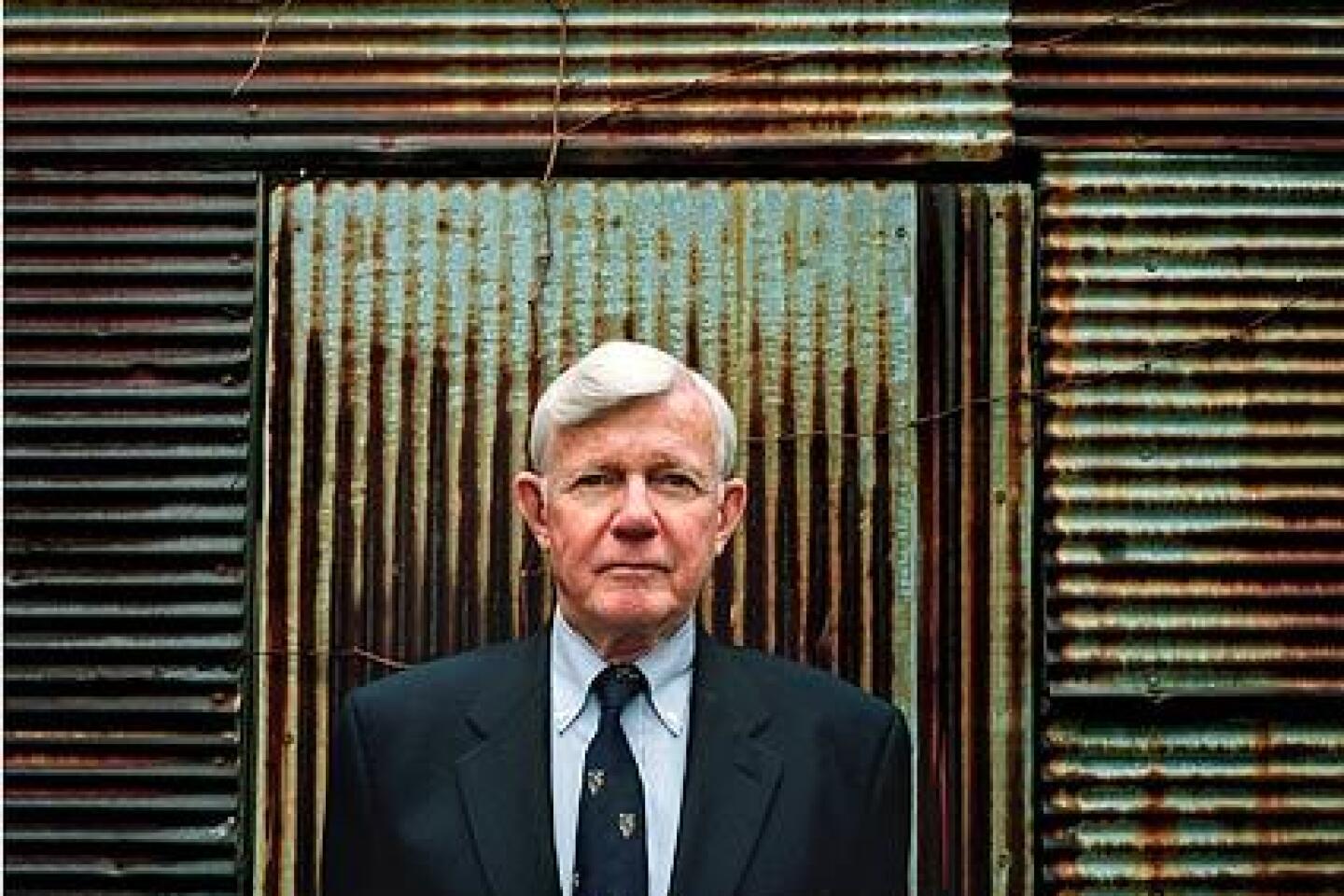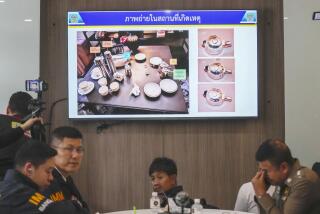Verified Civilian Slayings
- Share via
show that Army criminal investigators substantiated seven massacres of Vietnamese and Cambodian civilians by U.S. soldiers — in addition to the notorious 1968 My Lai massacre.
Here are summaries of three of
thoseincidents, drawn from files of the Vietnam War Crimes Working Group.
--Sept. 29, 1969
E Company, 4th Battalion, 31st Infantry, 196th Light Infantry Brigade, 23rd Infantry Division
Members of a reconnaissance platoon swept through the Que Son Valley, burning homes, slaughtering animals and clearing civilians. They killed an unarmed boy standing outside a cluster of huts and fired into one of the dwellings, killing three women and three or four children, according to an investigative report. The soldiers then executed an elderly woman and a baby.
The unit reported the victims as enemy killed in action.
In the next few days, members of the platoon raped a woman and a young girl and executed civilian detainees, investigators determined.
Pvt. Davey V. Hoag said he reported the killings to an officer but was ignored. Two and a half years later, he gave information to Army investigators at Ft. Lewis, Wash.
“The other guys wouldn’t listen when I tried to stop them from shooting everything,” Hoag said in a sworn statement. Other soldiers corroborated his account.
The investigation found sufficient evidence to charge seven soldiers with murder, rape or dereliction of duty. By then, at least four had left the service, and the Army declined to pursue charges against them.
A private still on active duty was charged with two counts of murder. He denied killing civilians. His commanding general, Maj. Gen. Robert C. Hixon, withdrew the charges, citing insufficient evidence, and gave the private an undesirable discharge.
Investigators said the evidence also supported a dereliction of duty charge against the platoon leader for failing to report the civilian deaths. The platoon leader said he had not heard about the deaths or any other war crimes by his soldiers. His commander decided against disciplinary action, citing insufficient evidence.
--
March 16, 1968
B Company, 4th Battalion, 3rd Infantry, 23rd Infantry Division
On the same day as the massacre at My Lai, soldiers from the same division killed an undetermined number of women and children in neighboring My Khe.
Witnesses told investigators that soldiers tossed grenades into shelters and shot women and children as they ran for cover or tried to flee. Over the next three days, members of the unit burned three sub-hamlets to the ground and tortured detainees with electric shocks, records say.
Officially, the unit said it killed 39 enemy combatants but recovered no weapons and suffered no casualties. Official South Vietnamese sources put the death toll at 80 to 90 noncombatants. Evidence of the killings surfaced during the My Lai inquiry, and the Army launched an investigation.
Platoon leader Lt. Thomas K. Willingham told an investigator that his troops had come under enemy fire and that he knew of no “unnecessary killings.” He was charged with murder, but the charges were dropped on the advice of Army legal officers, who cited uncooperative witnesses and contradictory testimony. Other suspects had left the service and charges were not pursued.
A separate inquiry found a soldier had executed a boy during the assault on My Khe. The soldier, who had left the service, was not charged.
--
May 18, 1971
Troop A, 1st Squadron, 9th Cavalry, 1st Cavalry Division
A U.S. helicopter “hunter-killer” team attacked a village in Cambodia with rockets and machine-gun fire, killing eight civilians, including two children, and wounding 15.
The team reported that they saw what appeared to be flashes of automatic weapons fire and “a number of motorcycles and bicycles” that looked like an enemy convoy. An Army investigation, however, found no reasonable basis for the attack.
After the assault, a U.S. captain landed with a platoon of South Vietnamese troops but “did not search bunkers for enemy forces,” according to an investigative summary. “Nor were enemy weapons or other war materiel found.”
The troops provided no medical treatment to the wounded and made off with “large quantities of civilian property, including tobacco, poultry, and radios, and the US cpt returned to the aircraft with a motorcycle.”
The captain gave the motorcycle to his squadron commander, and “the incident was neither properly investigated or reported initially.”
A captain, a major and a lieutenant colonel received letters of reprimand. No one was prosecuted, according to Army records.
— Nick Turse, Deborah Nelson and Janet Lundblad
More to Read
Sign up for Essential California
The most important California stories and recommendations in your inbox every morning.
You may occasionally receive promotional content from the Los Angeles Times.

